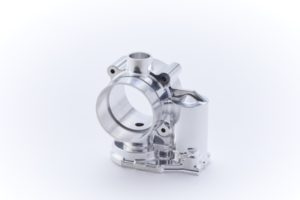At INAC US, our advanced 3-axis and 5-axis machining centers bring precise and efficient machining to a broad range of non-ferrous metals.
Our expertise with DMG Mori Seiki 5-axis machining centers ensures high-quality, integral processing of parts in one pass, even for complex shapes.
We cater to a wide range of materials from pure titanium to various copper alloys and aluminum alloys, handling their unique properties for desirable results.
